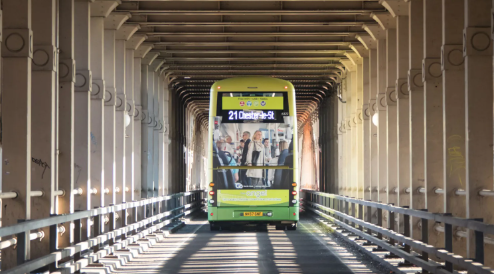The addition of commuter students to the Office for Students Equality of Opportunity Risk Register (EORR) reaffirms that they often have a poorer experience than their live-in peers – they are limited in their choice of institution, have an increased likelihood of cost pressures and a higher risk of experiencing insufficient academic and personal support.
These experiences have also been voiced by the commuters I’ve spent time with – although it is important that the differences in their experiences are also acknowledged. However, there’s another problem – which group of students are we referring to, exactly?
In the absence of a sector definition individual institutions have had to make their own. Naturally, these are often very specifically tailored to institutional and regional contexts. UCL for example uses Transport for London transport zones as a distance marker combined with time travelled to campus, whereas the University of Bristol defines a commuter student as someone not living in student accommodation and/or in the city of Bristol (notably holding a different definition for local students).
A reasonable argument could be made here in that my comparison of the two definitions above are from two very different regions. What it means to commute in these two regions will look very different, a combination of university location and regional transport infrastructure. Having lived in Northeast England for ten years I too am the first to scoff when it comes to anyone in London complaining about transport delays of five minutes or over – it’s just not the same.


